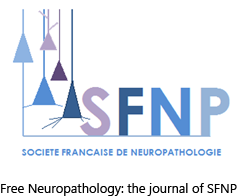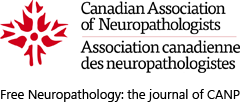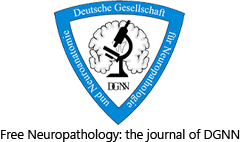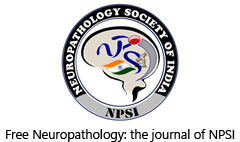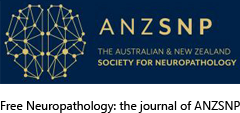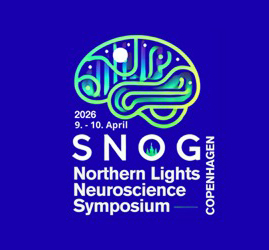Treatment of autoimmune encephalomyelitis with a histone deacetylase inhibitor: Analyzing the role of immune-response genes
DOI:
https://doi.org/10.17879/freeneuropathology-2020-2819Keywords:
Autoreactive T cells, Epigenetic regulation, Progressive experimental autoimmune encephalomyelitis, Gene expression, Trichostatin A, Multiple sclerosisAbstract
We have previously shown that treatment of female NOD mice with a potent nonselective histone deacetylase inhibitor attenuated experimental autoimmune encephalomyelitis, a model for progressive multiple sclerosis. Herein we show that immunization with the MOG35-55 peptide induced prolonged upregulation of genes encoding interleukin 17A (IL-17A), aryl hydrocarbon receptor, and histone deacetylase 11 in the spinal cord whereas the subunits of IL-27, IL-27p28 and IL-27ebi3 were significantly increased in secondary lymphoid organs after a lag period. Interestingly, the nitric oxide synthase gene was prominently expressed in both of these anatomic compartments following immunization. Treatment with the histone modifier repressed the transcription of all of these genes induced by immunization. Moreover, the drug suppressed the steady-state levels of the migration inhibitory factor and CD274 genes in both the spinal cord and peripheral lymphoid tissues. At the same time, the CD39 gene was downregulated only in secondary lymphoid organs. Paradoxically, the epigenetic drug enhanced the expression of Declin-1 in the spinal cord, suggesting a protective role in neuronal disease. Immunization profoundly enhanced transcription of the chemokine CCL2 in the secondary lymphoid tissues without a corresponding increase in the translation of CCL2 protein. Histone hyperacetylation neither altered the transcription of CCL2 nor its cognate receptor CCR2 in the central nervous system and peripheral lymphoid tissues. Surprisingly, the drug did not exert modulatory influence on most other immune response-related genes previously implicated in encephalomyelitis. Nevertheless, our data uncover several potential molecular targets for the intervention of experimental autoimmune encephalomyelitis that have implications for the treatment of progressive multiple sclerosis.
Metrics
Additional Files
Published
How to Cite
Issue
Section
License
Papers are published open access under the Creative Commons BY 4.0 license. This license lets others distribute, remix, adapt, and build upon your work, even commercially, as long as they credit you for the original creation. Data included in the article are made available under the CC0 1.0 Public Domain Dedication waiver, unless otherwise stated, meaning that all copyrights are waived.








